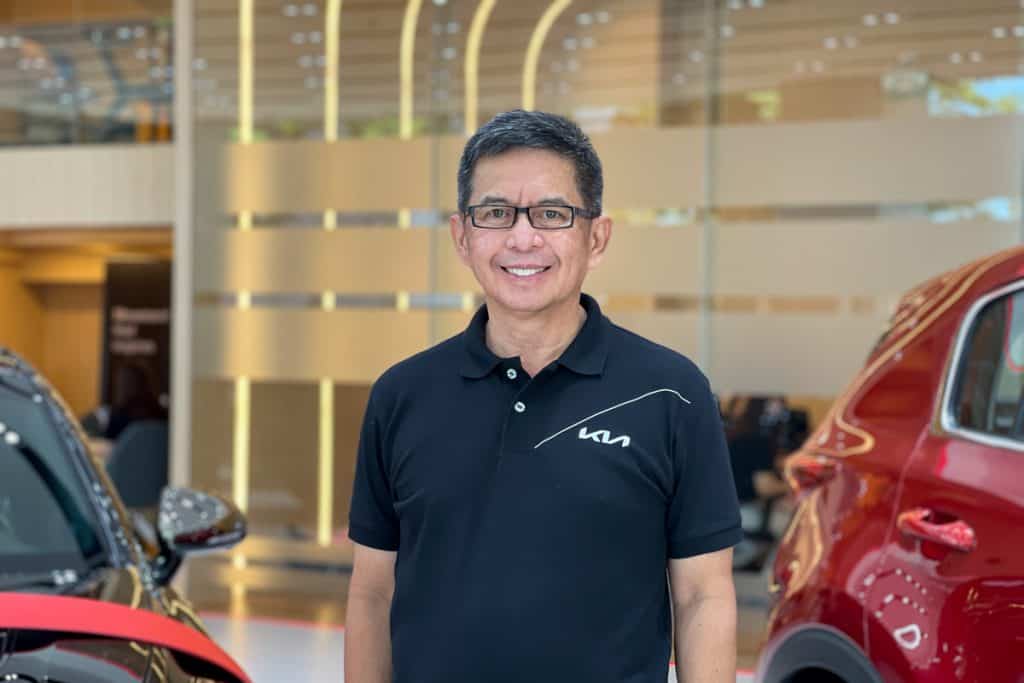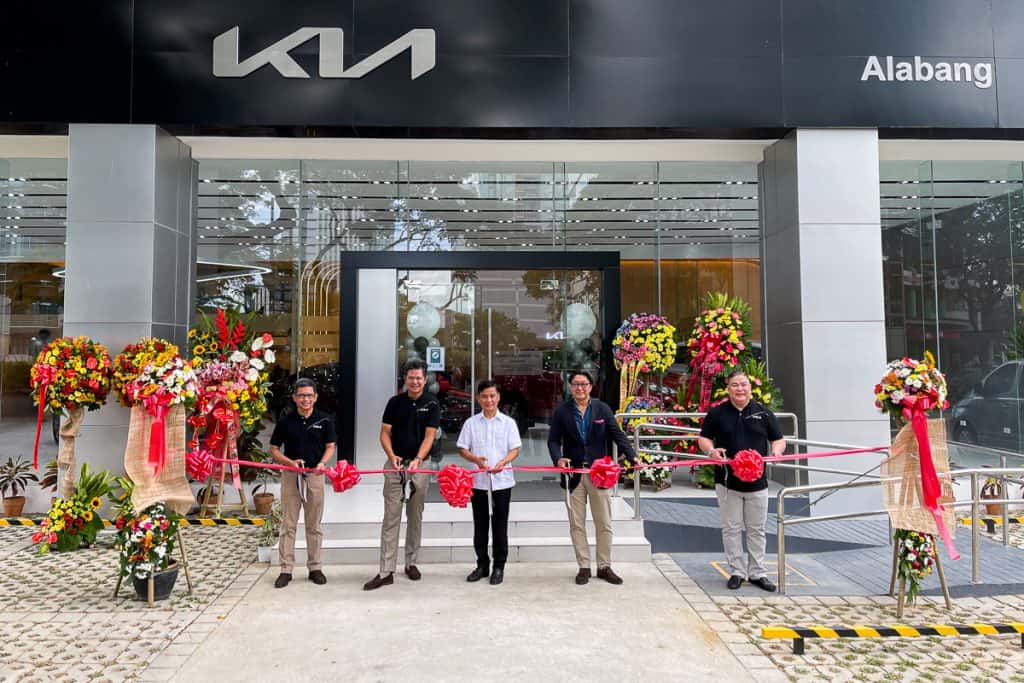The Philippines is already behind in terms of EV adoption – that’s a fact. Other countries already have a number of contenders in the plug-in segment, plus early adopters now have choices between electric low-slung models and SUVs.
That said, I had a chance to sit down and talk to Kia Philippines President Manny Aligada during the recent opening of Kia Alabang, the brand’s newest dealership to open and the first to adopt the automaker’s refreshed branding. The topic? Electric vehicles.
With a welcoming vibe and a smile on his face, Mr. Aligada indulged my curiosity about Kia’s move towards electrification in the Philippines. Maybe because he’s just that good of a fellow, or maybe because just like myself, he knows that we’re headed that way; most of us just don’t know it yet.

My interview, of course, started with the most basic questions: are Kia EVs arriving in the Philippines? Which ones?
Surprisingly, Aligada said hopefully soon and he meant within a few months. But there are plenty of considerations as it isn’t that easy.
As to which cars, Kia Philippines is looking into two models, which are basically the two EVs in the brand’s global lineup right now – the Kia EV6 and the Niro EV.
“The vehicle is ready we can arrange for it to come. So we’re looking at which model because we’re considering two models, the EV6 and the Niro,” Aligada said.“Now we can pick. So it’s not a problem with which vehicle; but the other issue we have to work on is the ecosystem.”
Unsurprisingly, Aligada pertains to the current situation of EVs in the Philippines. Charging infrastructures remain to be the biggest issue, specifically the scarcity of them.

“How do you now bring in the charging mechanism? Electric [vehicles] have a separate ecosystem. So that’s what we have to fix first,” Aligada added.
While that in itself is something that we already know, Aligada himself provided some obvious solutions, such as dealership charging. But he also unearthed a solution that’s endemic to the brand and its parent company in the Philippines.
“We have dealerships. We also have Ayala locations and we can work with them. We have the natural capability so it is consistent with the group,” Aligada touted, citing Kia’s advantage in terms of locations for EV infrastructures and charging.
The proposition of having Ayala locations – malls, condominiums, and subdivisions, among a lot more other properties – with appropriate EV charging stations is a delightful thought. It also aligns with Ayala Corporation’s recent reaffirmation of its commitment to achieving net-zero greenhouse gas emissions by 2050.
Then again, Aligada touched the biggest question of all when it comes to new and upcoming cars – pricing.
“So, you know, one thing was, really, will you spend a little bit more… not a little bit more. A lot more,” he jested.
“I have an idea of what the price will be. Well, I can’t disclose that yet because it’s too… speculative.
“And then, the implications also of the vehicle on so many other things like insurance and your cost of ownership. The consumables.
“So, really, the cost of ownership is so different. Therefore, your full cost to acquire, to maintain, to keep… we have to establish that.”
Clearly, EV ownership is worlds different from the traditional internal combustion engines. Aligada knows that, and he’s adamant about public education first rather than excite them with a model but without a concrete plan on how to support them.
“And that’s why I can’t commit the price. If you are the distributor and the dealer, your cost of doing an electric vehicle business is so different. Can you, therefore, support the pricing of the vehicle?
“There are a lot of factors, and I think that’s also the reason why some people are frustrated, ‘why can’t you just say what you’re gonna bring?’
“It’s not that simple. I have a model, I have a distribution system, I have after-sales capabilities, etc… but the product is different. I would rather explain, clarify the path that you have to take.”

